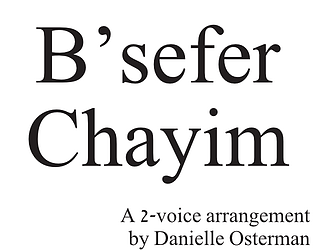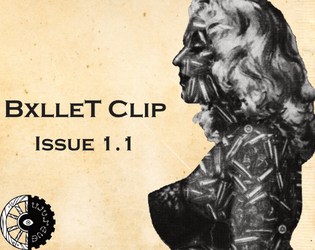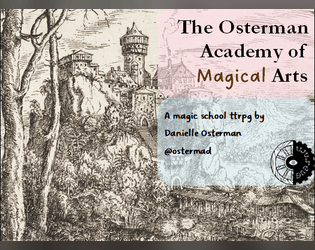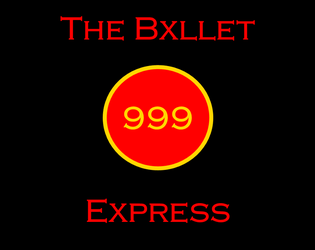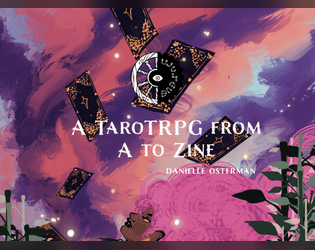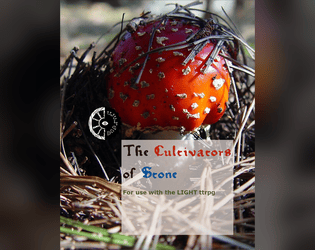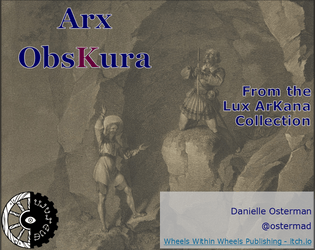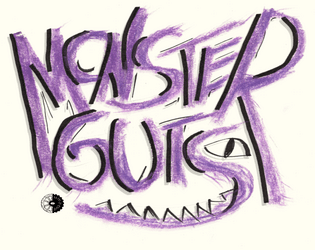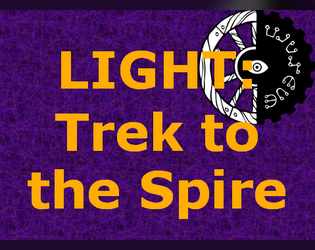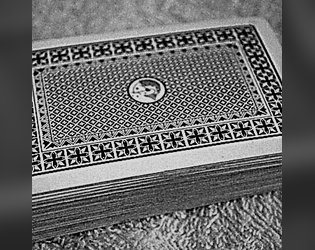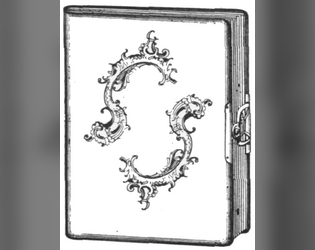What an incredible fucking game.
Wheels Within Wheels Publishing
Creator of
Recent community posts
Hello! Thanks for reaching out!
I'm very sorry for the delay! As I mentioned on the Updates feed of the crowdfund campaign, I've experienced a whole bunch of setbacks. Work on the game is ongoing, and I expect to have the digital version available soon (next few weeks, if things go to plan). Once the PDF is finished, I'll move on to physical production. Expect a new update within about a week walking through everything between now and when you get your book.
Yup, so, lamentably, I'd need an e-mail address from you to give you a free key. If that's not something you'd like to share on the open Internet, I completely understand. My business account's e-mail address is available on my home page, so if you send me an e-mail, I can get you a key that way. If not, you'll have to wait until new community copies become available.
Beasts making fights less dangerous is somewhat by design, as contradictory as that might seem. The targeting and activation rules are a little vague to allow you as Game Facilitator to have more flexibility when running bouts. Beasts are less dangerous than monster attacks, so typically I'll use them either because the scavengers are in a very rough spot and need an easing of the pressure to help them regroup or because they've done something to protect/minimize their exposure to the monster (perhaps they've regrouped to higher ground, taking a tactical withdrawal, they've stunned or restrained the monster, etc.).
During the Tempo Change, I do have every creature on the battlefield activate, both the monster and all the beasts, to keep the pressure up. Since monsters and beasts can aggro onto each other, all that hostile attention doesn't focus entirely on the scavengers, which keeps the situation dangerous without being (too) overwhelming.
Additionally, while this does feel a bit like a cop out, in the second edition of MONSTER GUTS, I expand on how nuisances (what beasts are called in 2e) and monsters interact and how/when they activate. Furthermore, weaker nuisances like Ancorhynch or Needleflies can also form packs that inflict Harm based on the size of the pack, so while a few nuisances don't pose much of a threat, they gradually become more and more dangerous to the scavengers if left unchecked. Unfortunately, I've been sick with COVID and so the 2e quickstart is not yet finished, but it's my highest priority right now as I finish recovering.
Hi Aldath! Thanks for reaching out! So, monsters have two opportunities to act: when a player fails or gets a mixed success during a Bout, and also during the Tempo Change and the end of each round of combat. This makes the monsters a little more dangerous and dynamic.
For small beasts, they can act instead of a monster when a player fails or gets a mixed success - for example, if someone with a bow rolls a failure on their attack and a pack of Ancorhynch are closer than the monster is, I might decide the Ancorhynch attack that character instead of the monster. I also have them act during the Tempo Change, although they typically can either move or attack, not both.
Hi Omino_del_Bosco! Great question. In the First Edition, the small Beasts (they're called Nuisances in 2e to help with the clarification) move during the Tempo Change when the monster does, typically either moving in range of a scavenger or attacking.
In 2e, Nuisances still act during the Tempo Change, but with the new card grid system, they don't immediately move to where the scavengers are, and they might prioritize different targets when on the battlefield (regular Gristlebears are likely going to attack Ancorhynch instead of the scavengers, for instance). Also, in 2e, at the end of each scavenger's turn, the monsters/nuisances get a brief opportunity to respond, and if the scavenger is out of reach of the monster, nearby Nuisances might activate instead.
I'm excited to get the game into your hands!
Hey! I'm delighted to hear that! I hope y'all have a lovely time with it.
There will absolutely be some future updates to MG. Not sure exactly as to the timetable, but a revised edition is in the works. If you've questions about the rules/procedures, ask away! There is a DevLog that lists responses to all the questions I've been asked so far (MONSTER GUTS Rules Clarifications - MONSTER GUTS by Wheels Within Wheels Publishing (itch.io)), but if there are any others, I'm happy to answer them.
Hello and welcome back!
Two great questions. For the first, either I'd use the Crush/Slice/Pierce values of the weapon used on the last Hunt (using whichever attribute best matches the approach taken by the player) or I'd try to find a way to resolve the situation that does not rely on dice.
For the second, I'm happy to share my thoughts. My take is that behemoths (kaiju-scale monsters) are just too big for scavengers to kill. Like in Monster Hunter World, the goal isn't to kill Zorah Magdaros, it's to redirect it to cause less harm. I see behemoths working the same way - if such a creature was heading towards your village, you'd try to incentivize it to travel in a different path, perhaps by driving some monsters it likes to eat in a particular direction, trying to hit it hard enough it decides to move away, etc. Within the game's setting, there is always a resource-dependent goal for slaying each monster - you need Artillamander bits for some cannons your village is building, you want to build a vehicle out of a Titanic Iceopod carapace, etc - and so for Behemoths, the central issue is what your scavengers want from the encounter. Make sense?
That's a real slick idea! Hmm, I might steal that, cuz that might make for a really cool environmental effect. I'm working on MONSTER GUTS: DARK right now, which'll be a DS-themed expansion for the game and include a couple weirdo quasi-ranged weapons, so keep your eyes peeled for that (if you follow me on Twitter, you won't miss it).
But also, you're more than welcome to write stuff up for MONSTER GUTS! There've been a number of amazing people who've created supplements for the game, and I'm always delighted when another joins their number.
Good questions!
Yeah, increasing a clock by 1, and all Monsters have a base clock of 6 for each Element unless otherwise indicated.
Oh, darn. That's a good point. I might have written out what the clocks do after I decided what clocks monsters had... I'll need to fix that! Probably do something like Mizu's slippery condition.
Not at all.
The war bugle is intended to have a fixed base damage like bows and bowguns. I don't have their rules in front of me, but I think some of their special moves scale with Melody.
Yes, special attacks without listed Harm use the weapon's current Edge value. Also, Edge gets spent after the attack (to avoid the situation your wife describes).
I'd probably forego the Tempo Change if the monster was stunned, unless the scavengers were in need of a more challenging fight. In that case, I'd just pick something to intrude upon the Bout.
Hey! Thank you for your patience! I finally got to your questions here: MONSTER GUTS Rules Clarifications - MONSTER GUTS by Wheels Within Wheels Publishing (itch.io). Feel free to post your additional questions underneath, and I'll edit their answers into the doc!



